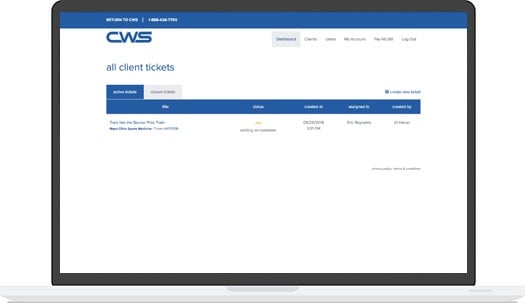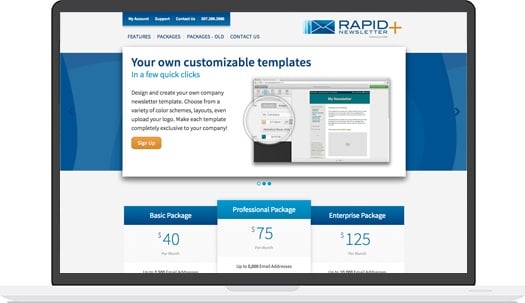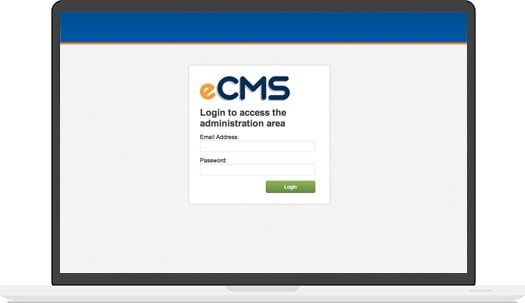Did you know that 92.4% of infographics are used incorrectly?
Actually, I lied. I made up that number to grab your attention.
False information is one of the many ways that infographics are abused. Infographics are popular go-to marketing tools to illustrate a complicated process. They are incredibly useful for illustrating these types of information:
- Explaining how something works
- Comparing items
- Simplifying a complicated process
- Recruiting
- Presenting survey data
It’s exciting to have a topic and think “Ooo! We should make a super-awesome infographic for this!” But don’t underestimate the task that lies before you. A lot of thought and hard work is needed to ensure that the primary objectives of your infographic are satisfied.
Your end product should:
- Focus on target audience
- Present complex information clearly and quickly
- Be entertaining
- Be useful
- Be accurate
Kissmetrics.com provides a thorough article on 19 Warning Signs Your Infographic Stinks. Check it out for more tips for making an effective infographic!
Here are some common ways that infographics are abused:
The topic is too complex
Can’t explain your infographic in one sentence? Time to simplify.
The details are not specific
Don’t just scratch the surface of the topic; your audience wants to learn. Do the research, and go deeper. Your readers will thank you for it—hopefully in the form of web visits, shares, or comments.
The facts are wrong
Use and list reputable sources, and don’t make anything up. Ever.
The target audience is forgotten
Consider your target’s pain points and how your infographic will be useful. The illustrations should entertain them, not you.
The graphics stink
Your graphics should follow a logical progression and be engaging to the audience. Ask yourself, “Do I have the mastery to accomplish both of these things well?” Get opinions from the target audience. Reach out to industry experts. Get feedback before you allow these graphics to represent you.
Your ego is showing
Don’t make the infographic about you or your company. Share interesting and valuable information about the industry, the process, the mechanics, and so on.
The details are predictable
Want your audience to share your infographic? Then you had better provide some unexpected facts or demonstrate an out-of-the-box angle. If it’s not special, why should anyone give it special attention?
The text is too wordy
Find a balance between graphics and text. Don’t turn it into a novel. Less is more!
It’s headache forming
You may have a lot to say and show, but don’t create a roller coaster of facts, images, and links. It should read well and be organized without making your head spin.
There is no outreach plan
An infographic is not meant to sit pretty and wait to be adopted. Have a strategy for blog posts, pinning it on Pinterest, tweeting, sharing, etc. PLAN to have a successful infographic.
You wouldn’t punch a cat in the face (you wouldn’t...would you?), so don’t go abusing an infographic. With the right topic, facts, planning, and graphics, a stellar infographic is within your grasp. If you can’t recall anything from the list above, here’s one you should never forget: Remember your target audience. They will ultimately save the life of your infographic.


.jpg?t=1533315998368) How-To Articles
How-To Articles Support Portal
Support Portal Webmail
Webmail Rapid Newsletter+
Rapid Newsletter+ eCMS
eCMS

 Alex Slack is a Project Manager and Content Creator. Her magic formula for marketing success is summarized by the 3Cs: communication, creativity, and care. She will help manage your project from the initial brainstorm session, to the height of your campaign and beyond. Let Alex guide you and help simplify this crazy world of digital marketing!
Alex Slack is a Project Manager and Content Creator. Her magic formula for marketing success is summarized by the 3Cs: communication, creativity, and care. She will help manage your project from the initial brainstorm session, to the height of your campaign and beyond. Let Alex guide you and help simplify this crazy world of digital marketing!
